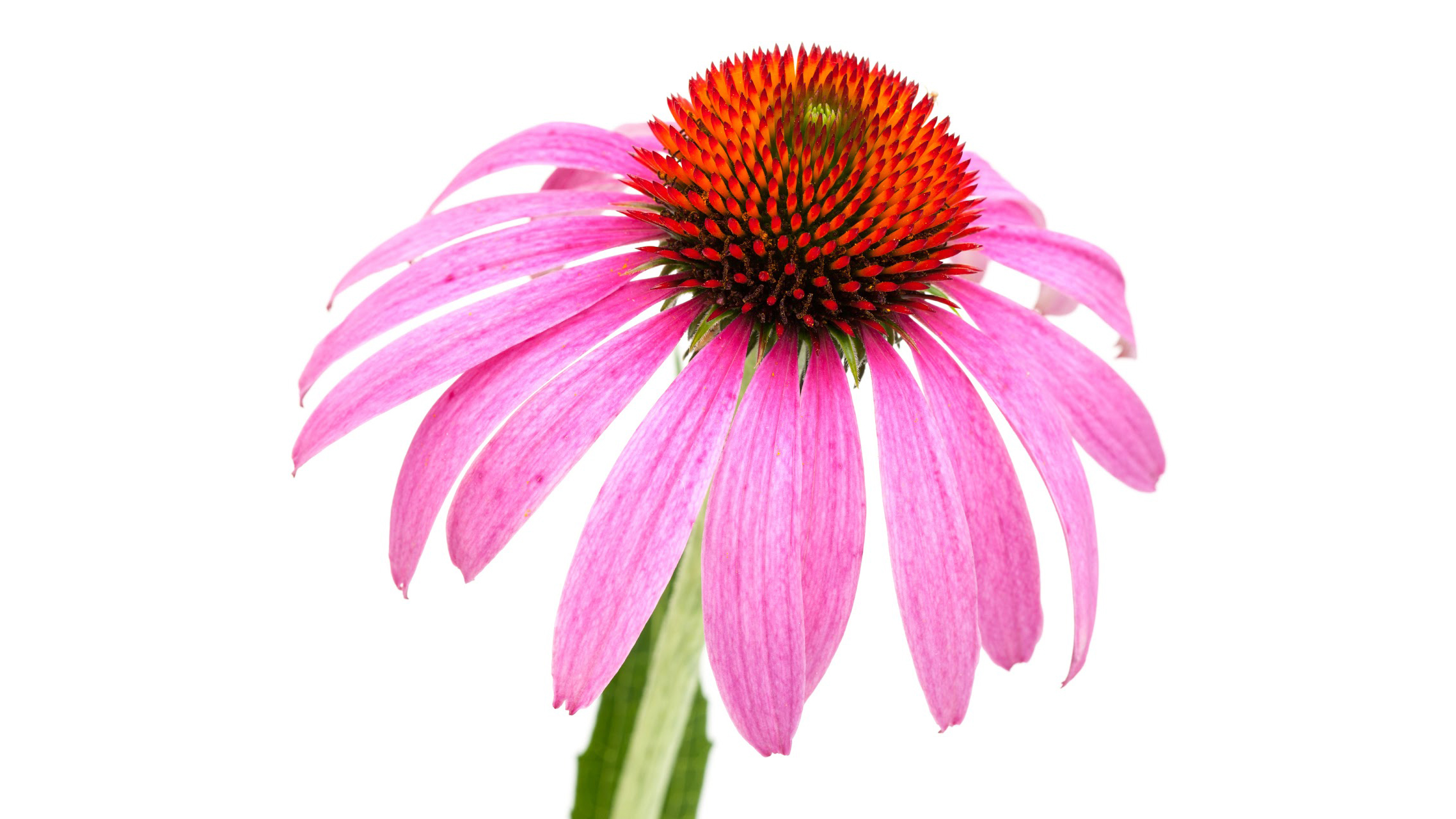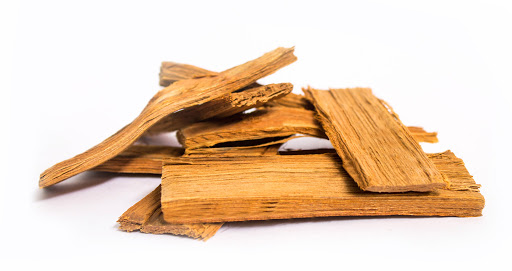To face the effects of Dengue and other winter diseases it is always convenient to keep the immune system strong. For that we have Plant Drugs that fulfill that function.
Echinacea Extracts

This plant native to North America was used by natives in cases of snake bites, to lower high fevers and to heal old and persistent wounds. Later the colonists used it to cure colds and flu. Two species are mainly cultivated, Echinacea purpurea and Echinacea angustifolia with similar active principles and pharmacological actions, using both the aerial parts and the roots or the whole plant.
Its active principles confer various properties:
– Immunostimulant, Antiviral and Antithermic
In internal use formulations it is used to treat respiratory diseases, flu, septic conditions (infections) and topically to treat herpes.
– Antiseptic, Antibiotic and Healing
In internal use formulations it is used to treat dental abscesses, sores and throat infections (gargles and mouthwashes). In external use formulations to treat mycoses (fungistatic) and candidiasis.
– Anti-inflammatory
For joint treatment both internally and externally.
Its extracts are also used in dermatocosmetics, for their antioxidant and collagen tissue protective properties against UVB and UVA.
Technical Data Sheet |
Common Names | Echinacea, Echinacea, Coneflower (Eng.) |
Scientific Name | Echinacea angustifolia D.C. |
Plant Drug | Aerial Parts, Root or Whole Plant |
Pharmacological Actions | Immunostimulant, antibiotic, anti-inflammatory, antiviral, healing, antipyretic, fungistatic, antioxidant. |
Indications | Respiratory diseases, colds, flu, infections, wounds, sores, abscesses, throat infections, mycosis, candidiasis, painful joints. |
Available Products | Tincture, Dry Extracts, Hydroglyceric Extract, Fluid Extract, Glycolic Extract. |
Cat's Claw Extracts

It is a plant native to South America (Peru and Amazon basin). It is considered that its pharmacological actions are the product of synergy between its active components, mainly between alkaloids, tannins and the glycosides of quinovic acid.
These pharmacological actions can be summarized in the following way:
– Immunostimulant
By stimulation of macrophage phagocytosis processes.
– Anti-inflammatory and Antiviral
It is used internally to treat flu processes. It is also used in treatments of osteoarticular inflammations (arthritis and arthrosis). The glycosides and triterpenic compounds of quinovic acid are responsible for this action.
– Antitumor, Antimutagenic, Hypotensive, Diuretic, Antiarrhythmic and Antioxidant.
Technical Data Sheet |
Common Names | Cat's Claw, Garabato, Rangaya, Water Vine |
Scientific Name | Uncaria tomentosa Willd. |
Plant Drug | Bark |
Pharmacological Actions | Immunostimulant, antitumor, anti-inflammatory, antiviral, antioxidant, antimutagenic, hypotensive. |
Indications | Respiratory diseases, colds, flu, infections, viral infections, gastroduodenal ulcers. Treatments for osteoarticular inflammations, convalescence. |
Available Products | Tincture, Dry Extracts, Hydroglyceric Extract, Fluid Extract, Glycolic Extract. |